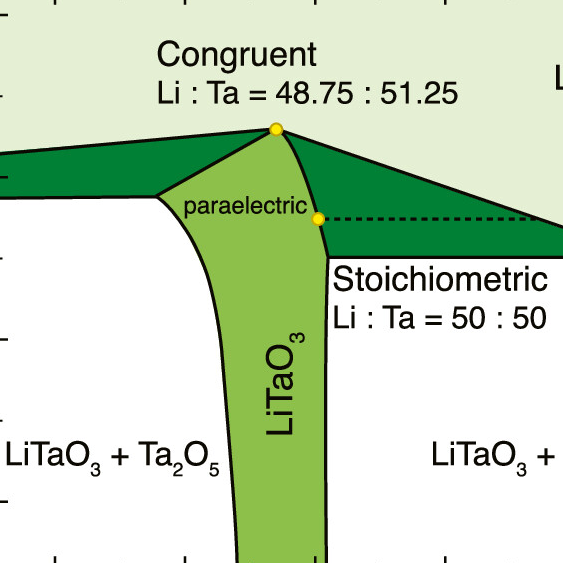Abstract
Layered-oxide LiNixMnyCo1–x–yO2 (NMC) positive electrodes with high nickel content deliver high voltages and energy densities. However, a high nickel content, e.g., x = 0.8 (NMC811), can lead to high surface reactivity, which can trigger thermal runaway and gas generation. While claimed safer, all-solid-state batteries still suffer from high interfacial resistance. Here, we investigate niobate and tantalate coating materials, which can mitigate the interfacial reactivities in Li-ion and all-solid-state batteries. First-principles calculations reveal the multiphasic nature of Li–Nb–O and Li–Ta–O coatings, containing mixtures of LiNbO3 and Li3NbO4 or of LiTaO3 and Li3TaO4. The concurrence of several phases in Li–Nb–O or Li–Ta–O modulates the type of stable native defects in these coatings. Li–Nb–O and Li–Ta–O coating materials can favorably form lithium vacancies VacLi′ and antisite defects NbLi•••• (TaLi••••) combined into charge-neutral defect complexes. Even in defective crystalline LiNbO3 (or LiTaO3), we reveal poor Li-ion conduction properties. In contrast, Li3NbO4 and Li3TaO4 that are introduced by high-temperature calcinations can provide adequate Li-ion transport in these coatings. Our in-depth investigation of the structure–property relationships in the important Li–Nb–O and Li–Ta–O coating materials helps to develop more suitable calcination protocols to maximize the functional properties of these niobates and tantalates.
